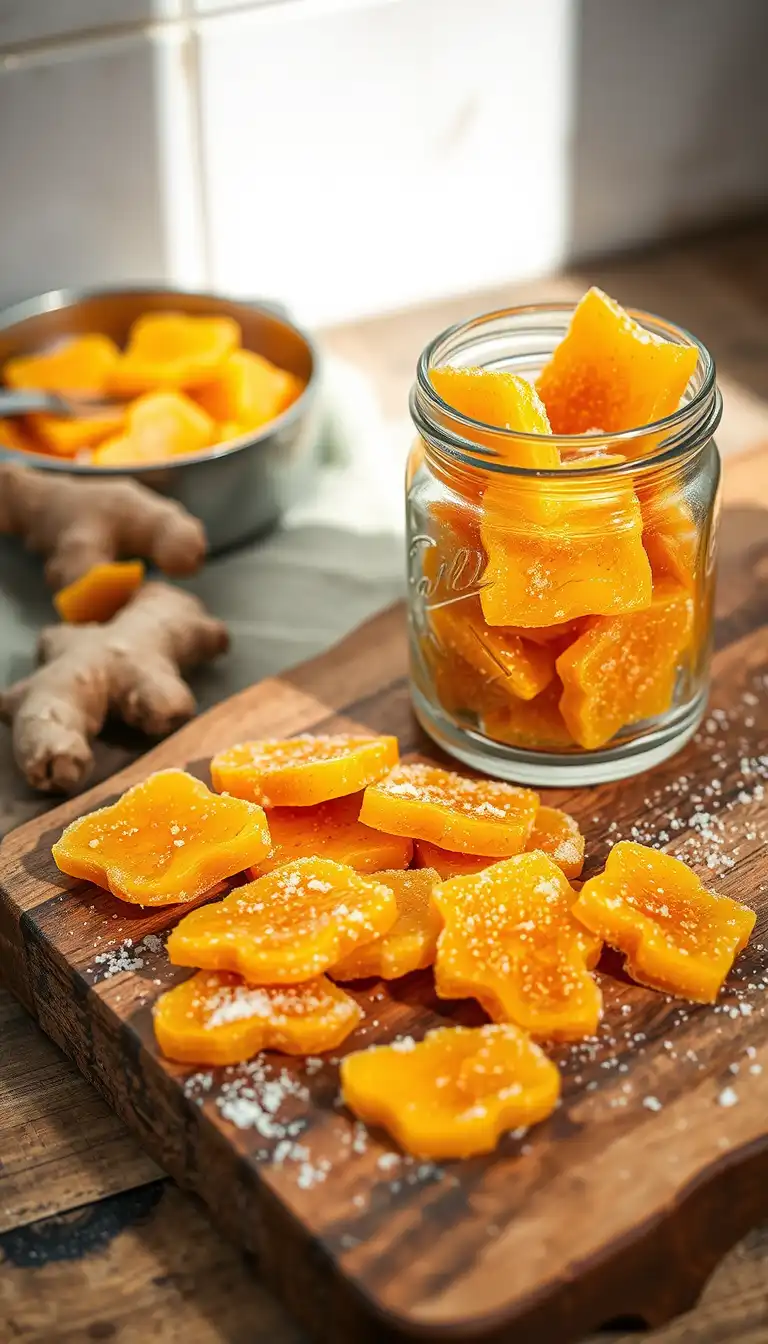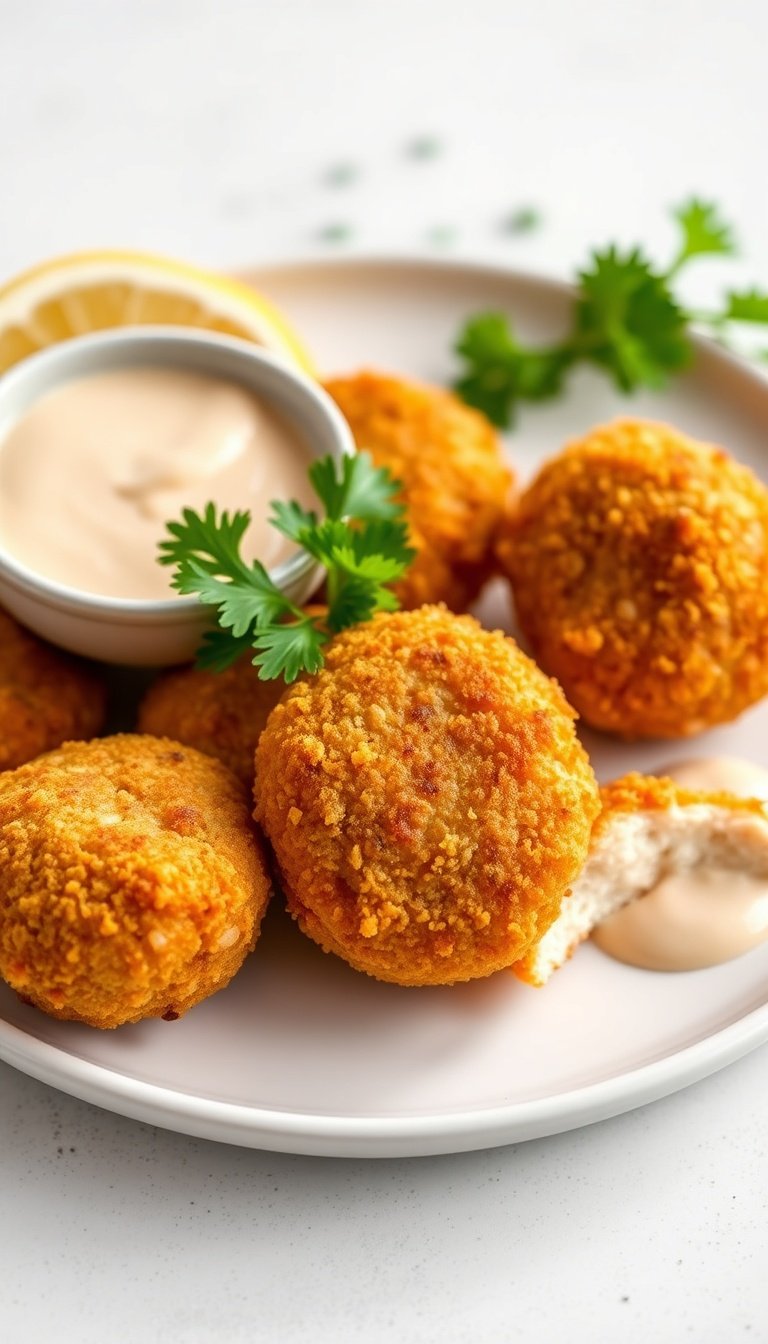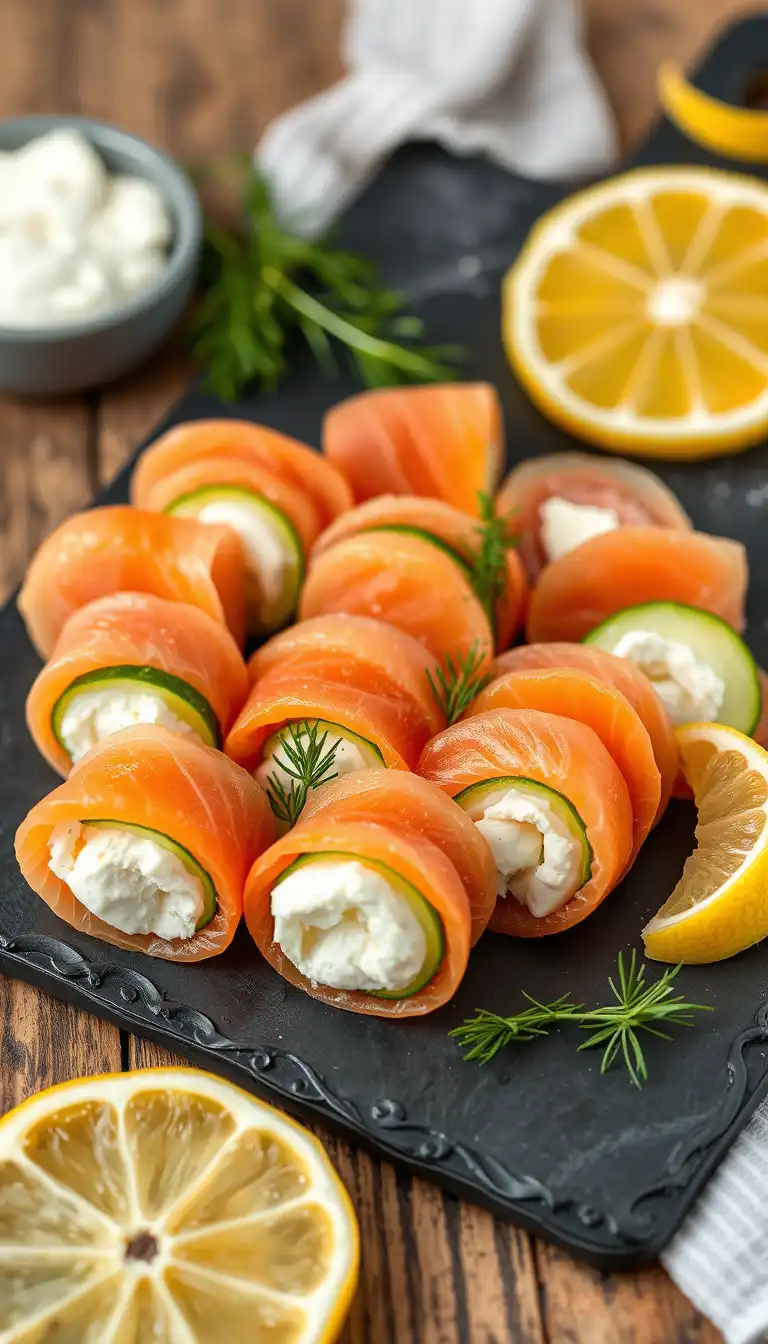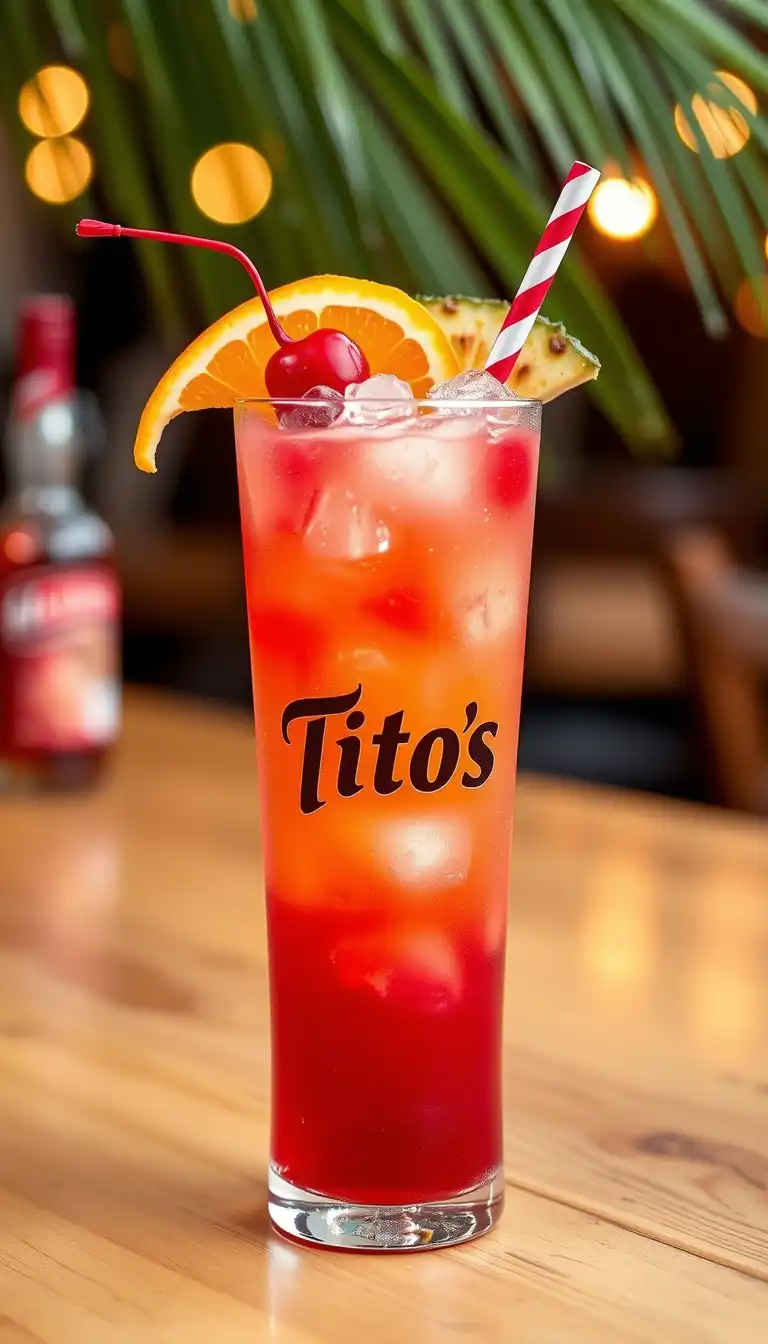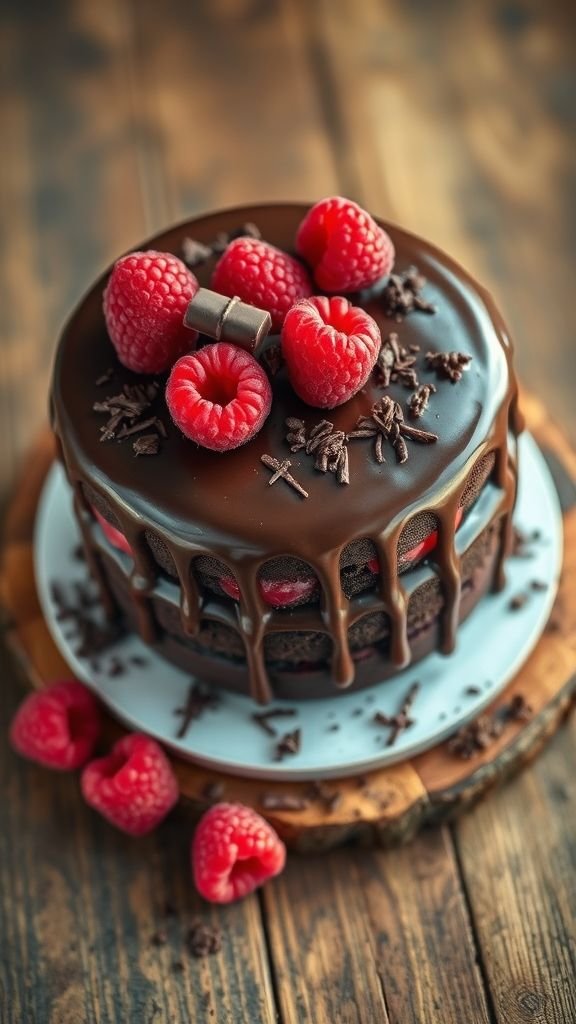When it comes to cocktails, coffee, or even baking, one staple ingredient often goes unnoticed: simple syrup. This sweet liquid is a bartender’s best friend, a coffee enthusiast’s secret weapon, and a baker’s quick solution to adding balanced sweetness without granules.
In this guide, we’ll dive deep into everything you need to know about a simple syrup recipe—from the classic method to flavored variations, storage tips, and creative ways to use it in your kitchen. By the end, you’ll see why this humble syrup deserves a permanent spot in your fridge.
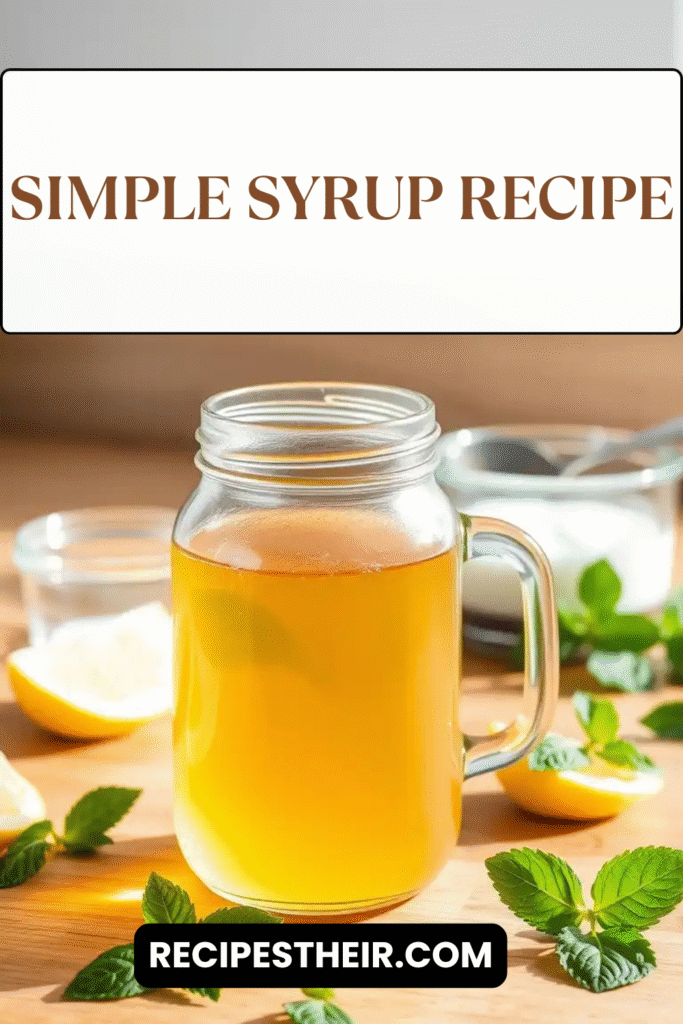
What Is Simple Syrup?
Simple syrup is exactly what it sounds like—a syrup made simply from two ingredients: sugar and water. The sugar dissolves completely in water, creating a smooth liquid that blends seamlessly into drinks and desserts. Unlike granulated sugar, which can leave gritty crystals behind, simple syrup offers a clean, consistent sweetness every time.
This is why bartenders, baristas, and home cooks love it. Whether you’re mixing a mojito, sweetening iced coffee, or brushing a cake to keep it moist, a simple syrup recipe is your solution.
Why Make Simple Syrup at Home?
Sure, you can buy pre-made simple syrup, but once you learn how easy and inexpensive it is, you’ll never look back.
Here’s why making your own is worth it:
- Cost-effective: Sugar and water are much cheaper than bottled syrups.
- Customizable: Control the sweetness, thickness, and flavor.
- Freshness: No artificial preservatives—just pure sweetness.
- Convenience: Ready in less than 10 minutes.
Classic Simple Syrup Recipe
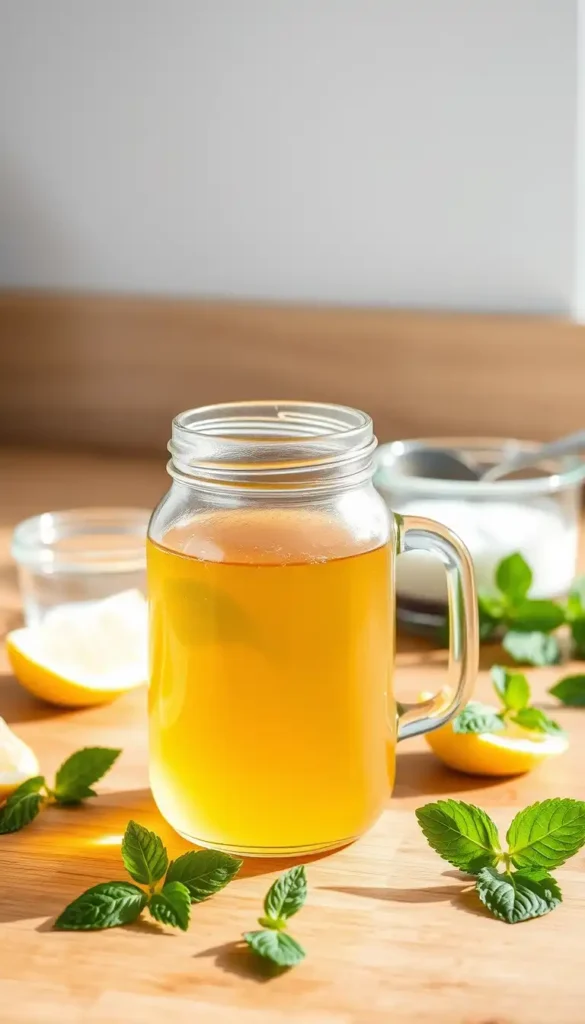
Let’s start with the standard, go-to recipe.
Ingredients:
- 1 cup granulated sugar
- 1 cup water
Instructions:
- Combine water and sugar – In a small saucepan, add equal parts water and sugar.
- Heat gently – Warm the mixture over medium heat, stirring occasionally, until the sugar completely dissolves.
- Cool and store – Remove from heat, let it cool, then pour into a clean, airtight glass jar or bottle. Store in the refrigerator.
Shelf Life:
- Up to 1 month in the fridge for basic simple syrup.
- If you want it to last longer, add a splash of vodka (about 1 tablespoon per cup of syrup) as a natural preservative.
Rich Simple Syrup (2:1 Ratio)
For cocktails that require more body or for extending shelf life, bartenders often use a rich simple syrup.
Recipe:
- 2 cups sugar
- 1 cup water
Follow the same method as above, but this version is thicker, sweeter, and lasts longer (up to 3 months in the fridge).
Flavored Simple Syrup Variations
Once you master the basic simple syrup recipe, you can start experimenting with flavors. Here are some popular options:
1. Vanilla Simple Syrup
- Add 1 split vanilla bean or 2 teaspoons vanilla extract to the mixture.
- Perfect for coffee, lattes, or baking.
2. Citrus Simple Syrup
- Add lemon, lime, or orange zest to the syrup while heating.
- Great for cocktails like margaritas or lemonade.
3. Mint Simple Syrup
- Toss in a handful of fresh mint leaves, then strain after cooling.
- Ideal for mojitos, iced tea, or juleps.
4. Honey Simple Syrup
- Replace sugar with honey for a floral, natural flavor.
- Works beautifully in herbal teas and whiskey cocktails.
5. Spiced Simple Syrup
- Add cinnamon sticks, cloves, or star anise during cooking.
- Excellent in chai lattes or holiday cocktails.
6. Fruit-Infused Syrups
- Simmer berries (strawberries, raspberries, or blueberries) with the sugar and water. Strain before storing.
- Perfect for mocktails, pancakes, or yogurt toppings.
How to Store Simple Syrup
Proper storage keeps your syrup fresh and safe to use.
- Container: Use a glass bottle or jar with a tight lid.
- Refrigeration: Always store in the fridge.
- Shelf Life:
- 1:1 syrup: up to 1 month
- 2:1 syrup: up to 3 months
- Flavored syrups: usually 2–3 weeks, depending on ingredients
Tip: Label your bottles with the date you made them.
How to Use Simple Syrup
The beauty of this simple syrup recipe is its versatility. Here are some ideas:
In Drinks
- Cocktails: Mojito, old fashioned, daiquiri, margarita
- Non-alcoholic: Lemonade, iced tea, soda water, mocktails
- Coffee/Tea: Sweeten cold brew, lattes, or iced tea without grit
In Baking and Cooking
- Cakes: Brush onto cake layers to lock in moisture before frosting.
- Fruit: Toss with fresh berries to enhance natural sweetness.
- Glazes: Mix with powdered sugar for quick dessert toppings.
Tips for Success
- Don’t boil too hard: Gentle heat is enough to dissolve sugar—boiling can alter flavor.
- Use filtered water: It improves taste and clarity.
- Experiment: Try herbs, spices, or extracts for personalized syrups.
- Strain well: Always strain flavored syrups to remove solids and prevent spoilage.
Frequently Asked Questions About Simple Syrup Recipe
1. Can I use brown sugar instead of white sugar?
Yes! Brown sugar creates a caramel-like syrup that pairs beautifully with bourbon or coffee.
2. Does simple syrup go bad?
Yes, eventually. Mold or cloudiness indicates spoilage. Always refrigerate.
3. Can I make sugar-free simple syrup?
You can use sugar substitutes like stevia, monk fruit, or erythritol. Keep in mind, texture and flavor may differ.
4. Do I need to heat it?
Technically, you can shake sugar and water until dissolved, but heating ensures a smoother syrup and better consistency.
Why This Simple Syrup Recipe Is a Kitchen Essential
The simple syrup recipe is more than just sugar water—it’s a kitchen multitasker. In less than 10 minutes, you create a versatile ingredient that elevates drinks, keeps cakes moist, and adds a polished touch to everyday recipes. Once you try making it at home, you’ll wonder why you ever bought it at the store.
Final Thoughts
Whether you’re a home mixologist, a coffee lover, or someone who loves baking, mastering the simple syrup recipe opens up endless possibilities. With just sugar and water, you can craft a base that enhances everything from cocktails to cakes. And when you experiment with flavors—mint, vanilla, citrus, or spices—you’ll discover a whole new world of homemade sweetness.

